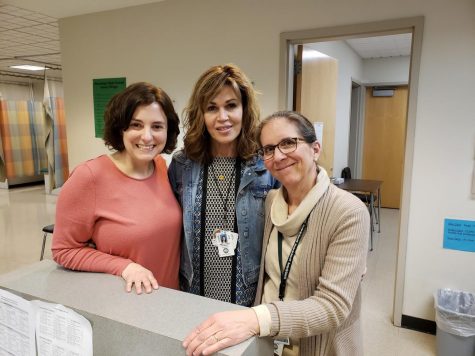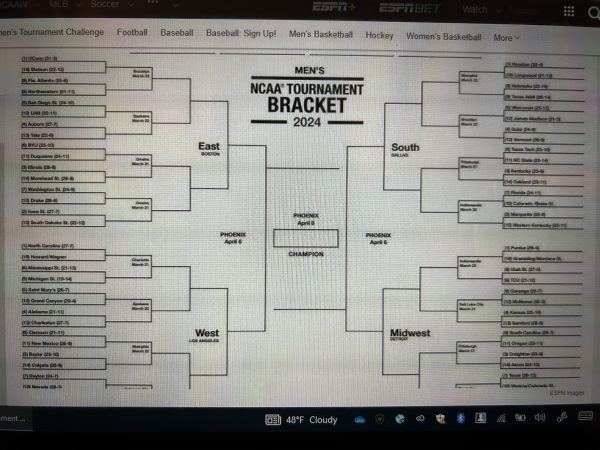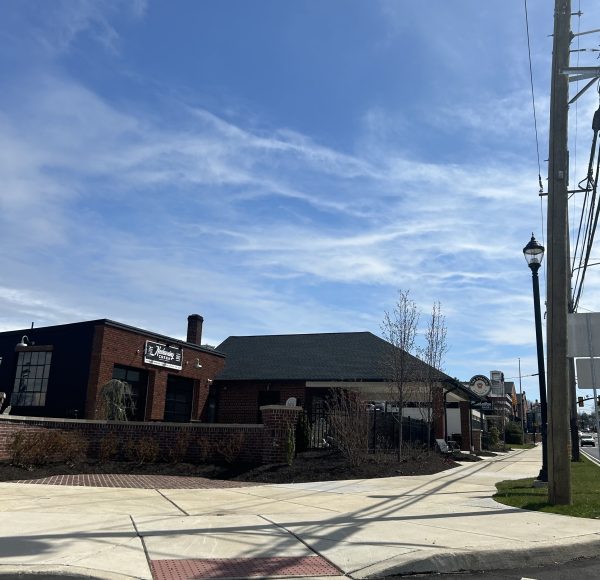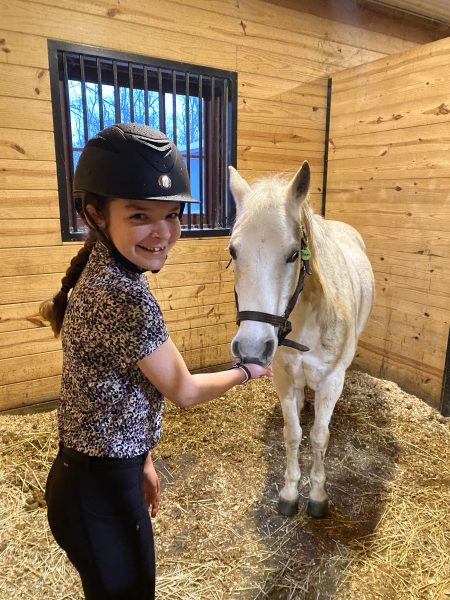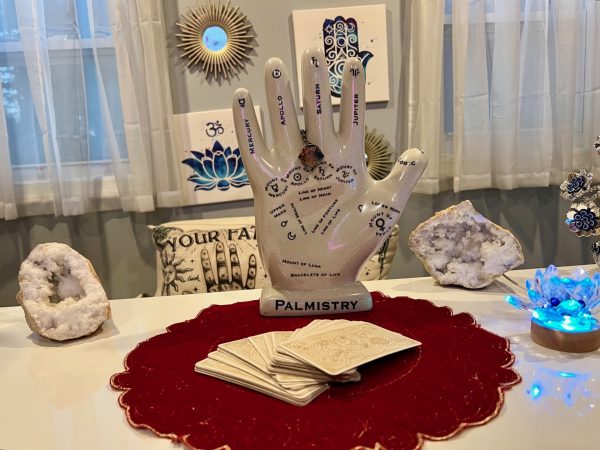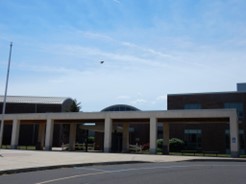Pennridge Nurses: What You Didn’t Know About Them
March 5, 2020
The Pennridge High School nurses service over 2,500 students every day. They coordinate care for students with both acute and chronic conditions, as well as provide physical and mental health care. Nurses monitor and dispense students’ medications, provide health education, and so much more. The Pennridge nursing staff has two types of nurses: certified and support staff. Our certified nurses are Lynda Tennett (Nurse Coordinator), Nikki Demarco, Virginia Egan, Ann Mecleary, Janet Moyer, and Christine Robinson. Our support staff nurses are Lisa Bishop, Justine Fenerty, Susan Fischer, Deborah Kantner, Jacqueline Mattes, Rachel McOwen, Mary Overby, June Strauch, and Robin Young. Two of the certified nurses, Mrs. Tennett and Ms. Egan, were interviewed for this article.
During this time of year, the nurses are at their busiest. This is the time where they must screen every single student on their weight, as well as their vision. This happens once a year for students, but for the nurses, even on a normal day, they see about 100 students or more. When asked about the different obstacles the nurses encounter, Ms. Egan mentioned how students come in for various concerns, some of which are medical emergencies. She explained how the nurses often, “deal with emergencies such as passing out and how they may even have to retrieve people who cannot make it to the nurse themselves.” On rare occasions, “the staff as well as the district office may call 911 pending assessment of the student.” Nurses also help to develop 504 plans for students. A 504 plan is what ensures any child who has a disability, gets the appropriate accommodations while they are in school. Additionally, the nurses help create individual health plans for those who do not have 504 plans. Mrs. Tennett, the head of the nursing department, helps provide the district with education on health effects of vaping, and the process of screening for drugs and alcohol use. Another important task of our school nurses is to support students in any way they can and send letters to the community to know about communicable diseases (all directives from the health department). Mrs. Tennett expanded on her view of a nurse’s main role which is to, “keep [students] safe, get them to class, and to support them medically so that they can thrive academically.” The nurses had to go through a tough process to get to where they are now. To become a school nurse, a Bachelor of Science degree in nursing is required; from there one must have a school nurse certification. Nurses who hold an associate’s degree, and licensed professional nurses are often eligible to apply for this type of position; the National Association of School Nurses recommends hiring RNs with a 4-year BSN degree who have passed the NCLEX-RN exam. Most schools prefer to hire nurses who have a few years of experience under their belt in a clinical setting, as school nurses must make critical decisions without a doctor onsite to assist them. From there, a nurse that has been certified can work in nearly all educational facilities, including public, private, vocational, and/or alternative schools. They can also work in international schools or on US military bases. While school nurses typically work in a health office on a school campus, budget cuts have increasingly forced employed school nurses to travel amongst schools in a particular district. School nurses typically work daytime hours when school is in session, and often are off-duty during the summer and school holidays.
To get to know Ms. Egan more, we had asked her what she does outside of work, and she replied, “It gets busy with families, but we try to get together district-wide for outings where we can all catch up, decompress, and have a good time. We don’t get to go out as often as we should.” We also asked her if there was any other job she would have preferred over being a nurse, she said, “I always knew that I would become a nurse. In high school, I was a part of my future nurse’s club. I always had a burning interest because I had admired my family members who were nurses and I looked up to them.”
It is not easy being in charge of keeping over 2,500 children safe from illnesses and various concerns every day for a whole school year. Even though there were only two nurses available to interview, we learned a great deal from them. From early in the morning all the way through dismissal, the nurses are prepared to help with any situation. They do their best for us for when we are in need, or even if we need adult advice. These ladies are some of the friendliest and busiest staff that Pennridge has; so next time you take a trip to the nurse, be sure to say thank you for all their hard work.
